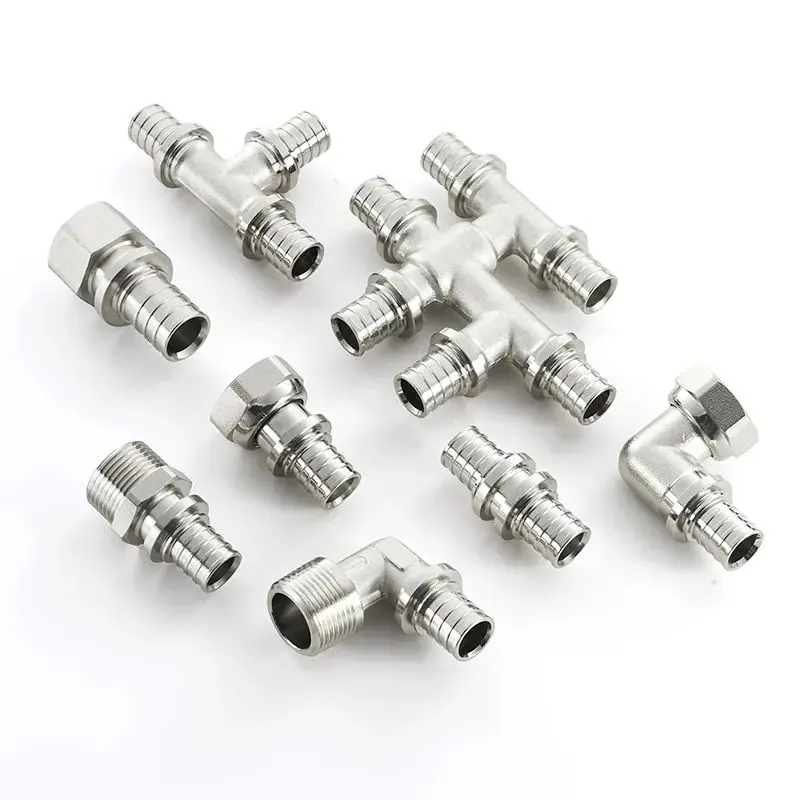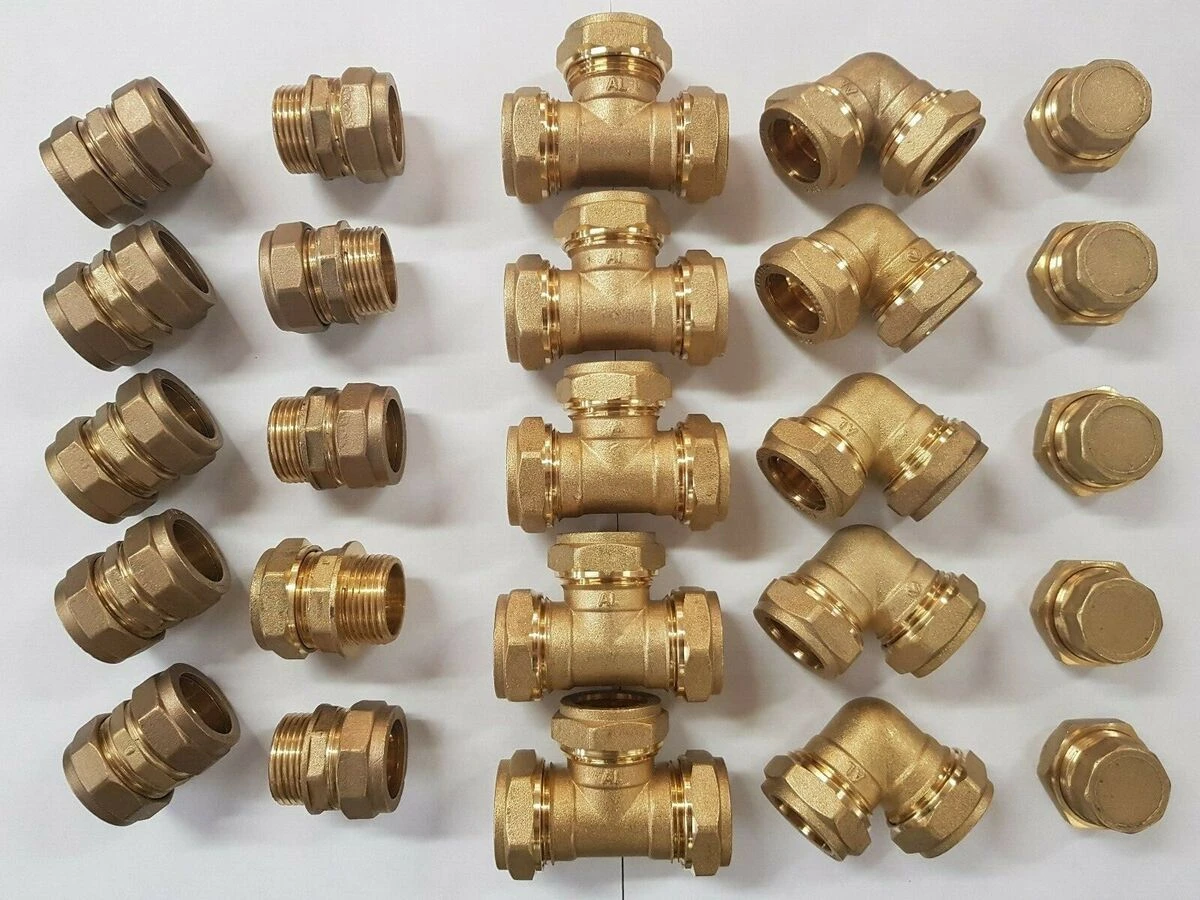The CSA B137 PEX Pipe Fitting system is a versatile and efficient solution for modern plumbing and heating needs. By following the CSA B137 standards, you can ensure that your PEX pipe installation is both reliable and compliant with industry regulations. This guide will walk you through the process of installing CSA B137 PEX pipes, from preparation to testing, helping you achieve a successful and durable installation.
Understanding CSA B137 Standards
CSA B137 is a Canadian standard that specifies the requirements for cross-linked polyethylene (PEX) piping systems. This standard ensures that PEX pipes and fittings meet high criteria for quality, performance, and safety. Key requirements include material specifications, installation practices, and testing procedures to ensure the integrity and reliability of PEX systems.
Preparing for Installation
Before you begin installing CSA B137 PEX pipes, gather the necessary tools and materials. You’ll need a pipe cutter, crimping tool, fittings, and PEX pipes compliant with CSA B137. Ensure that you also have safety gear, such as gloves and goggles, to protect yourself during the installation process.
Steps to Install CSA B137 PEX Pipes
- Cutting the PEX Pipe
Use a pipe cutter to make a clean, straight cut on the PEX pipe. Ensure that the cut is smooth and free of any burrs, as rough edges can affect the fit of the fittings. - Fitting the PEX Pipe
Slide the appropriate fitting onto the end of the PEX pipe. Make sure the fitting is fully inserted and aligned properly. Different fittings may require specific tools or techniques, so refer to the manufacturer’s instructions for guidance. - Securing the Fittings
Use a crimping tool to secure the fitting onto the pipe. Ensure that the crimping is done evenly and tightly to prevent leaks. Follow the recommended crimping procedure and verify that the connection is secure.
Connecting PEX Pipes to Other Systems
When connecting CSA B137 PEX pipes to other types of pipes, such as copper or PVC, use appropriate transition fittings. These fittings are designed to create a secure and leak-free connection between different piping materials.

Testing and Inspecting the Installation
After installation, perform a pressure test to check the integrity of the system. This involves pressurizing the pipes and checking for any leaks or weak points. Inspect all connections carefully and address any issues before using the system.
Troubleshooting Common Issues
If you encounter problems during installation, such as leaks or compatibility issues, address them promptly. Common solutions include re-crimping fittings, replacing faulty components, or adjusting connections.
Maintenance Tips for PEX Pipe Systems
Routine maintenance of PEX Pipe systems includes regular inspections and minor repairs. Check for leaks, ensure proper support for pipes, and clean fittings as needed. Addressing minor issues early can prevent more significant problems and extend the lifespan of your PEX system.
Benefits of CSA B137 Compliance
Complying with CSA B137 standards offers several advantages, including improved quality and durability of the PEX pipes and fittings. CSA B137 compliance ensures that the materials used are reliable and meet rigorous performance criteria, providing peace of mind and long-term performance.
Conclusion
Installing CSA B137 PEX pipe systems involves careful preparation, precise execution, and thorough testing. By following the guidelines and standards outlined in this guide, you can achieve a successful and durable installation. Adhering to CSA B137 ensures that your PEX system is reliable and compliant with industry regulations.
FAQs
- What is CSA B137?
CSA B137 is a Canadian standard that specifies the requirements for PEX piping systems, ensuring quality, performance, and safety. - What tools are required for installing CSA B137 PEX pipes?
Essential tools include a pipe cutter, crimping tool, fittings, and CSA B137 compliant PEX pipes. - How do I ensure leak-free connections with CSA B137 PEX pipes?
Make sure to use the correct fittings and crimp them securely. Perform pressure tests to check for leaks. - What should I do if I encounter a leak during installation?
Identify the source of the leak, re-crimp fittings if necessary, or replace faulty components. - How often should I perform maintenance on my PEX pipe system?
Regular inspections and maintenance should be performed to check for leaks and ensure proper support and function.
















